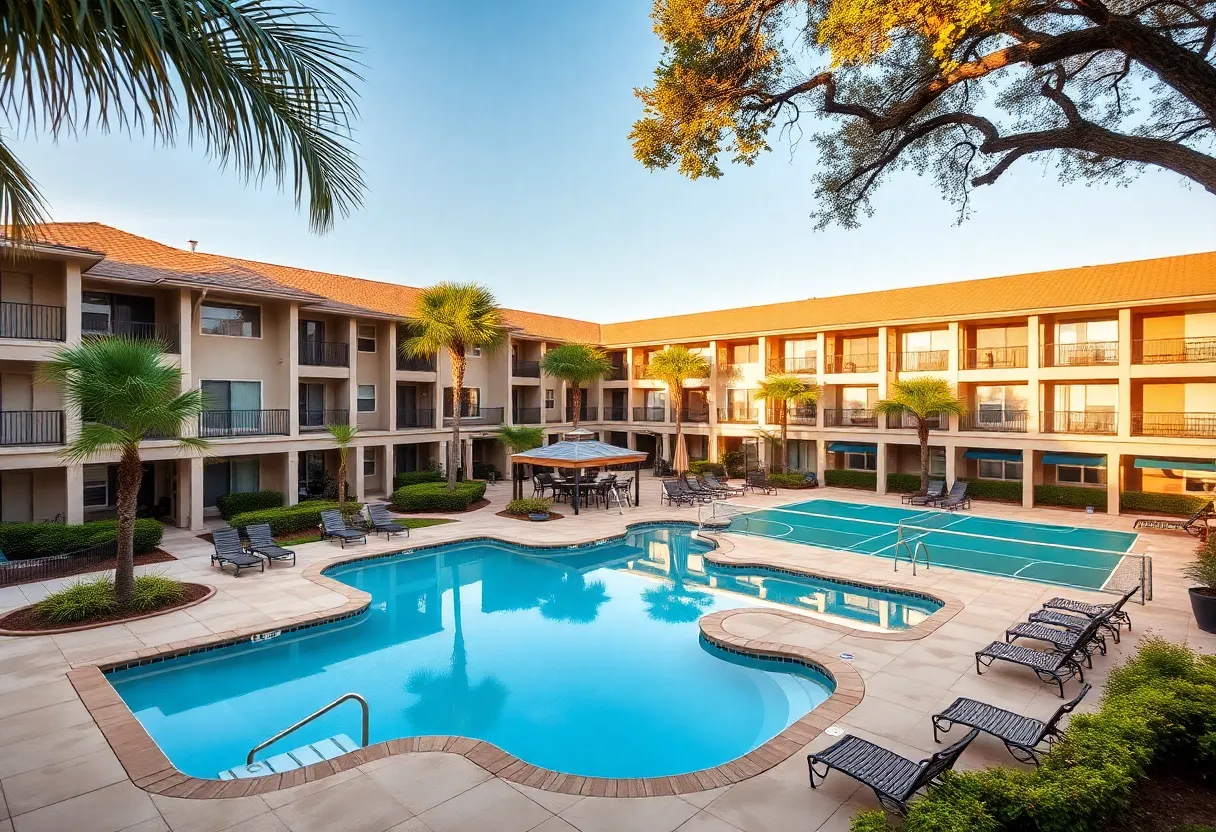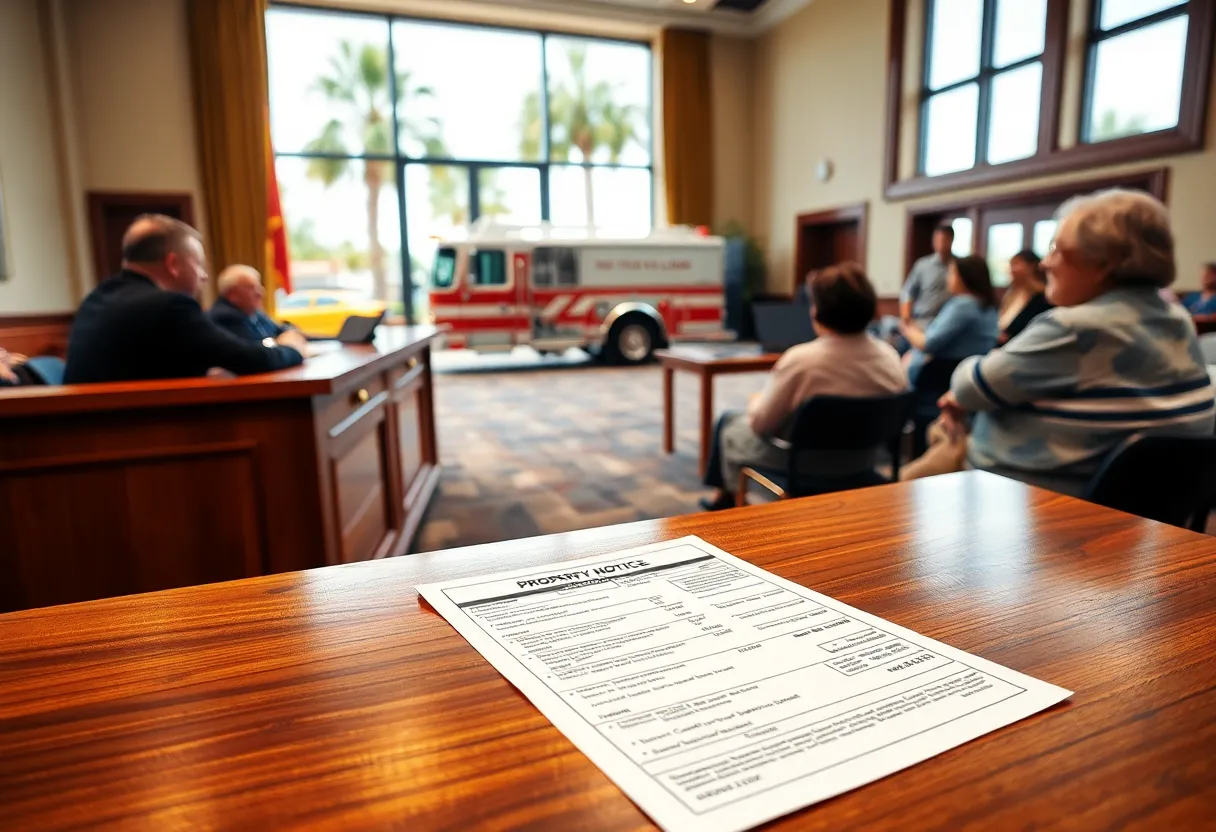California (Eaton and Palisades fire zones), August 16, 2025
News Summary
The governor issued an executive order temporarily suspending state-level CEQA and California Coastal Act reviews for utility work restoring electric, gas, water, sewer and telecommunications infrastructure in the Eaton and Palisades fire zones. The move aims to shorten permitting and environmental review timelines to accelerate utility restoration and encourage undergrounding where feasible. Officials say the order complements earlier waivers, but rebuilding still faces major challenges including skilled labor shortages, materials and transformer supply limits, high construction lending costs, insurance barriers, and local permitting delays. Environmental groups call for balanced safeguards as recovery proceeds.
Governor Suspends Key Environmental Reviews for Utilities to Speed Rebuilding; Experts Flag Labor, Materials, Insurance and Financing Hurdles
The state has temporarily removed major environmental permitting hurdles for utility companies working in areas leveled by recent Los Angeles fires, aiming to speed cleanup and reconnect thousands of displaced residents. The move targets permitting tied to the California Environmental Quality Act (CEQA) and the California Coastal Act for work rebuilding electric, gas, water, sewer and telecommunications infrastructure in the hardest-hit burn zones.
What the order does and immediate priorities
The executive action waives certain requirements under CEQA and the Coastal Act specifically for utility restoration work in the affected zones. State leaders are prioritizing debris removal, replacing critical services and finding housing for the tens of thousands of people who lost homes. The deadline for property owners to enter federal debris removal by submitting a right-of-entry form to the Army Corps of Engineers is set for April 15, and some multifamily buildings have become newly eligible for that program.
Why the state is pushing for underground utilities
Officials are pushing to place electric and other utility lines underground where feasible, arguing undergrounding can reduce future fire risk and improve reliability. Several undergrounding projects were already planned or permitted before the order, including major mileages in specific communities. Utility representatives say the permitting waiver should speed those undergrounding efforts, though underground installation is significantly more expensive than overhead lines and may require additional planning to keep costs reasonable.
Rapid goals vs. practical hurdles
While the permitting changes may make it easier to approve projects and obtain utility hookups, rebuilding faces multiple practical constraints:
- Skilled labor shortage: The region and state already face shortages of qualified tradespeople, with hundreds of thousands of open jobs in the trades and large shares of the workforce expected to retire within a decade. Workforce training investments have been announced to address that gap.
- Materials constraints: Certain materials, including electrical transformers, remain in short supply. Lumber prices have dropped from previous highs, but the possibility of new tariffs and surging demand during a rebuild could push prices back up substantially.
- High construction lending costs: Builder lending rates remain elevated, with industry leaders reporting typical lending costs around the low double digits. That raises the cost of new construction and can limit the pace of rebuilding.
- Insurance and mortgage constraints: Many homeowners have struggled to obtain full replacement value from insurers. A state-backed insurance option that serves high-risk properties required a multibillion-dollar assessment of member companies after large losses, which will increase property insurance prices. Without property insurance, many homeowners cannot qualify for standard mortgages.
Scale of damage and early rebuilding pace
The winter firestorms burned roughly 48,000 acres and damaged or destroyed more than 16,000 structures, including over 9,500 single-family homes, approximately 1,200 duplexes, and about 600 apartments. Despite streamlined rules for some rebuilding work, permit activity has lagged: hundreds of homeowners had applied for rebuild permits by early July, but only a fraction of applications had been approved. Local approval timelines vary, with the city averaging nearly two months to approve a wildfire rebuild and county review generally taking longer.
Regulatory context and disputes
CEQA requires agencies to identify and mitigate environmental impacts before projects move forward. It includes built-in exemptions for replacing damaged structures and for many small projects, and less than 2% of projects that trigger review face litigation. Nonetheless, environmental advocates warn that broad, open-ended waivers could have long-term consequences for coastal and water resources and urge a balanced approach that pairs speed with environmental safeguards. Some coastal regulators have previously waived certain permits following disasters when new construction remains close in size to what it replaced.
Programs and policy actions to support rebuilding
State leaders have layered several executive orders and laws to make repairs, wildfire prevention work and urban housing expansions easier to permit. A philanthropic commitment includes funding to train new tradespeople: a foundation has allocated half a million dollars to a trades pathway program to help build up the skilled workforce needed for reconstruction. Training efforts are intended to address the long-term shortfall of trades workers, support immediate rebuilding needs and reduce dependence on an already strained labor pool.
Outlook and broader risks
Experts say new construction tends to rebound relatively quickly after major fires, but not everyone will rebuild: some homeowners may sell damaged lots to developers, particularly where land values are high, making redevelopment potentially profitable. Rebuilding now will also need to contend with updated building codes that have increased the cost and time required to reconstruct fire-resistant homes, as well as mounting climate-related risks and weather swings that have made fire behavior more extreme.
State officials emphasize a desire to rebuild communities in a more resilient way while moving quickly. Environmental and community groups press for safeguards so expedited work does not sacrifice long-term water, coastal and ecological protections. The coming months will test whether streamlined permitting for utilities, targeted workforce investments, and careful planning can overcome material, lending and insurance barriers to restore housing and services at scale.
Key actions to watch
- Undergrounding projects and how permitting changes affect their timeline and costs.
- Debris cleanup enrollment figures ahead of the federal right-of-entry deadline.
- Permit approval rates and timelines in city and county offices.
- Availability and price trends for key materials like lumber and transformers.
- Lending rate movements for construction loans and shifts in insurance availability.
- Workforce training program enrollments and placements in trades roles.
Frequently Asked Questions
What exactly did the state change for rebuilding work?
The state temporarily suspended certain CEQA and Coastal Act requirements specifically for utility companies restoring electric, gas, water, sewer and telecommunications services in the affected fire zones. The change is intended to speed permitting for infrastructure work, including undergrounding where feasible.
Will the suspension allow all construction to proceed without environmental review?
No. The waiver is targeted at utility infrastructure work in specified burn zones. Other kinds of rebuilding and expansion projects may still be subject to standard environmental review. Existing exemptions within CEQA for many replacement projects remain in place.
How soon can residents expect utilities and homes to be rebuilt?
Timetables will vary. Utility restoration may accelerate where permitting is cleared, but overall rebuilding is limited by available skilled labor, materials, construction lending costs, and insurance coverage. Some reconstruction is moving faster; other projects may take months to years.
How does undergrounding affect cost and timeline?
Undergrounding improves resilience but is more expensive and can take longer to install than overhead lines. Planned undergrounding miles existed prior to the order; the waiver aims to reduce permitting delays, though construction costs and materials availability still influence timelines.
What supports exist for workforce shortages?
Private and philanthropic programs have pledged funding for trades training to help expand the skilled labor pool. These programs aim to place new workers into plumbing, carpentry, electrical and other key trades needed for rebuilding.
How do insurance and lending challenges affect rebuilding?
Higher construction loan rates increase project costs, and limited insurance availability can prevent homeowners from getting mortgages to rebuild. A state-backed high-risk insurer’s recent assessment will raise property insurance prices, which can further complicate financing.
Key Features at a Glance
| Feature | Details |
|---|---|
| Permitting change | Temporary suspension of CEQA and Coastal Act requirements for utility infrastructure in burn zones |
| Primary goal | Speed utility restoration, encourage undergrounding, and return displaced residents home faster |
| Major constraints | Skilled labor shortages, material shortages (including transformers), high construction loan rates, insurance gaps |
| Damage scale | ~48,000 acres burned; >16,000 structures damaged or destroyed |
| Debris cleanup | Federal program enrollment deadline: April 15; some multifamily buildings eligible |
| Workforce support | Half-million-dollar investment in trades training programs to expand skilled labor |
Deeper Dive: News & Info About This Topic
Additional Resources
- NBC Los Angeles: How Paradise is Being Rebuilt — What SoCal Can Learn Post-Fires
- Wikipedia: Wildfire
- Holland & Knight: Orders Addressing Rebuilding After Southern California Fires
- Google Search: Southern California rebuilding after fires
- CBS News: Southern California faces frustrating, expensive rebuilding process
- Google Scholar: rebuilding after wildfires California
- Los Angeles Times: California suspends environmental laws to speed rebuilding, undergrounding utilities
- Encyclopedia Britannica: California Environmental Quality Act
- Wired: Why it’s taking LA so long to rebuild after the wildfires
- Google News: LA rebuild after wildfires





